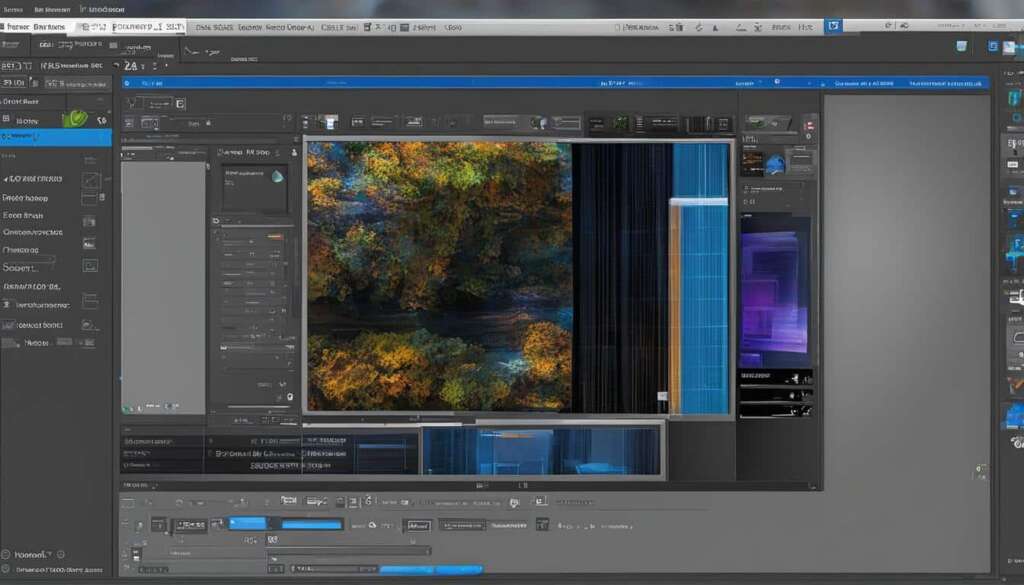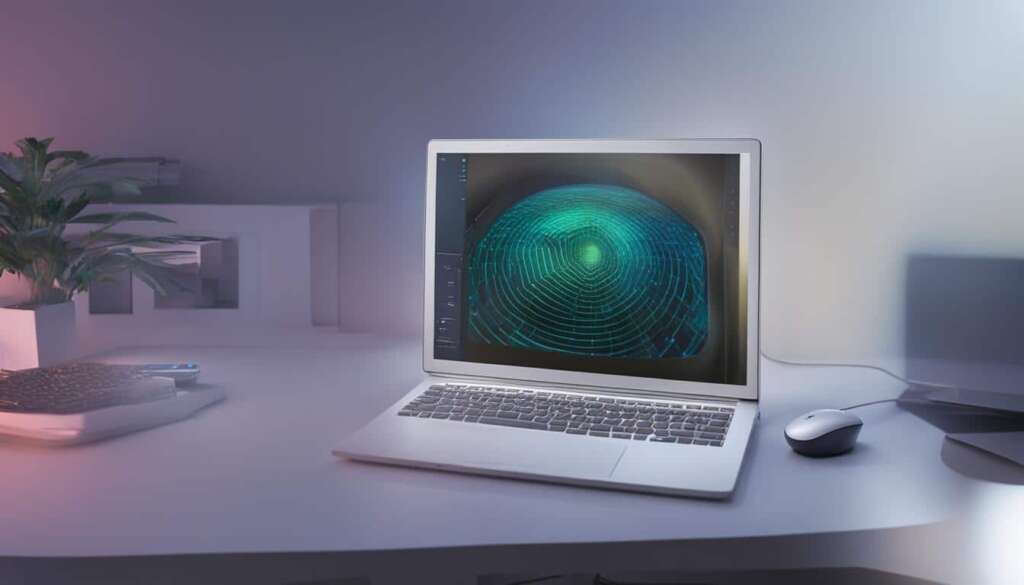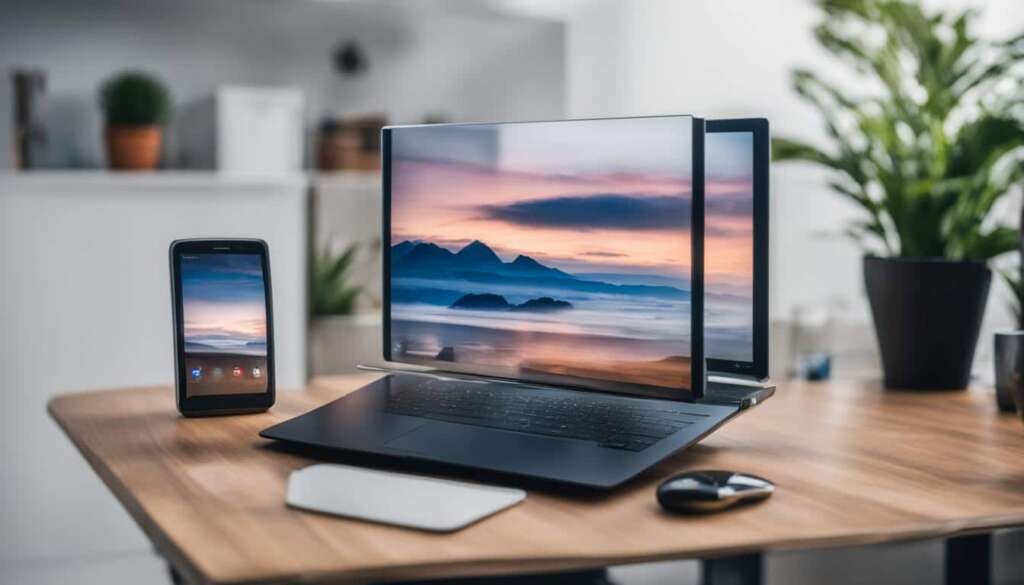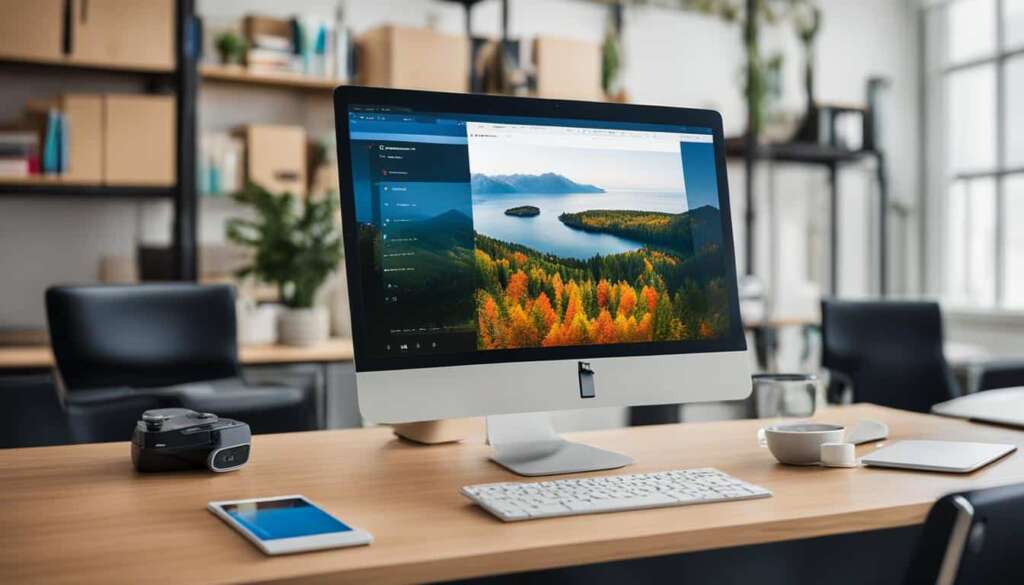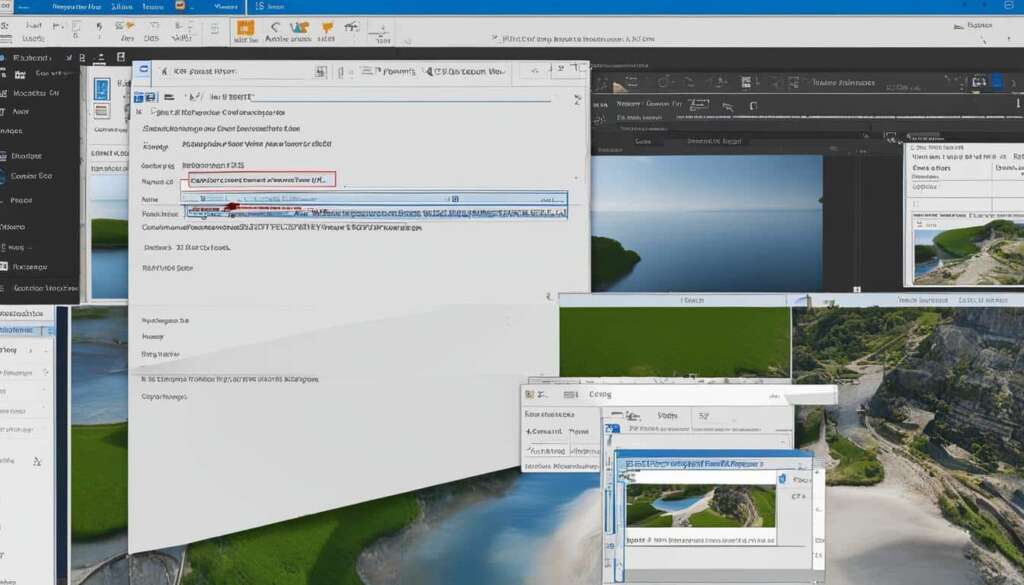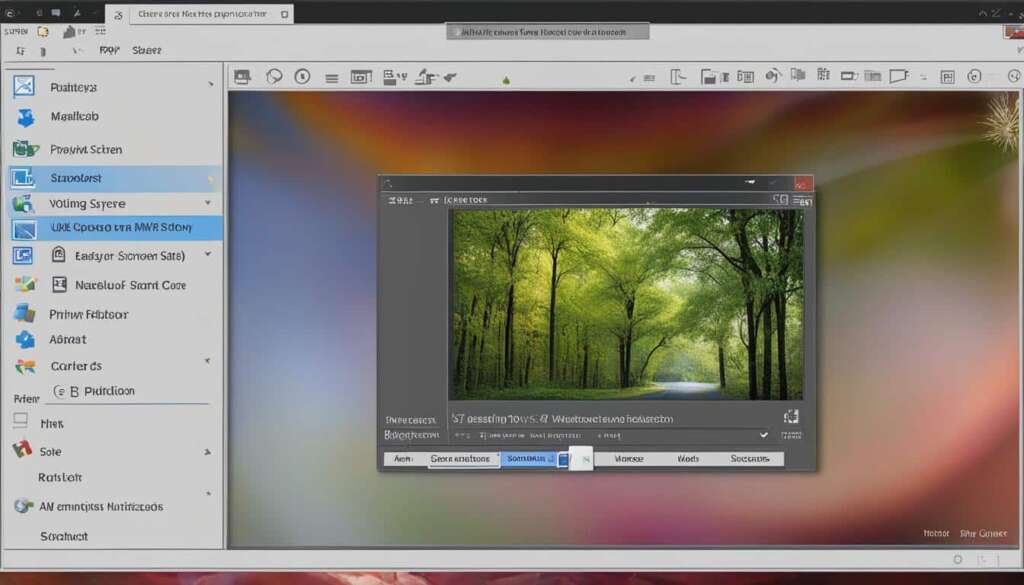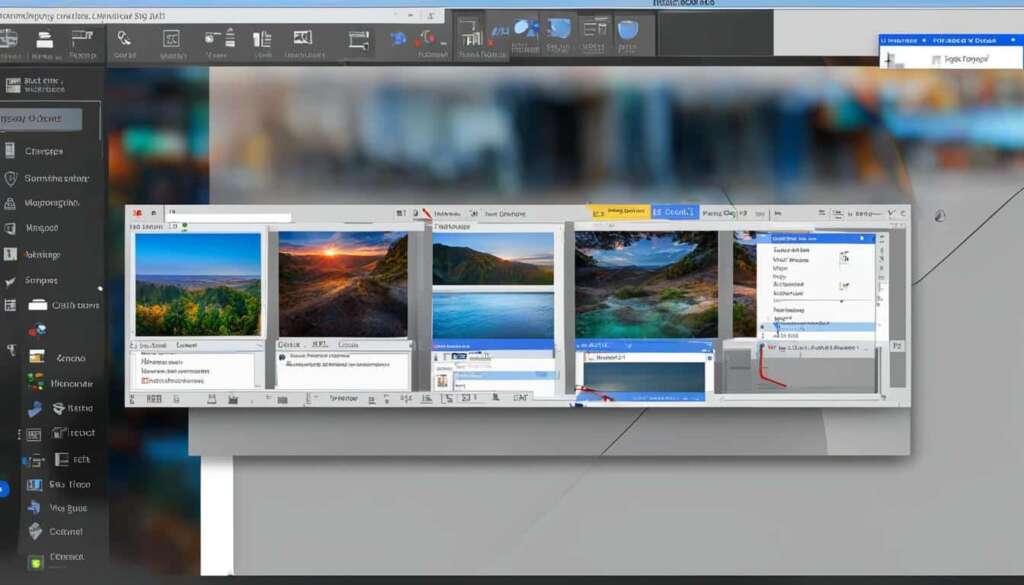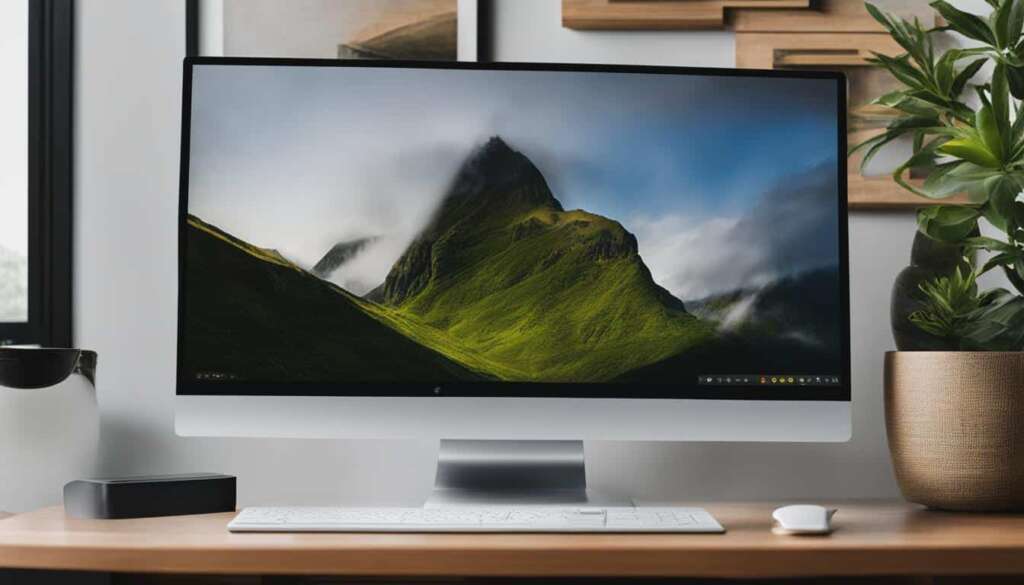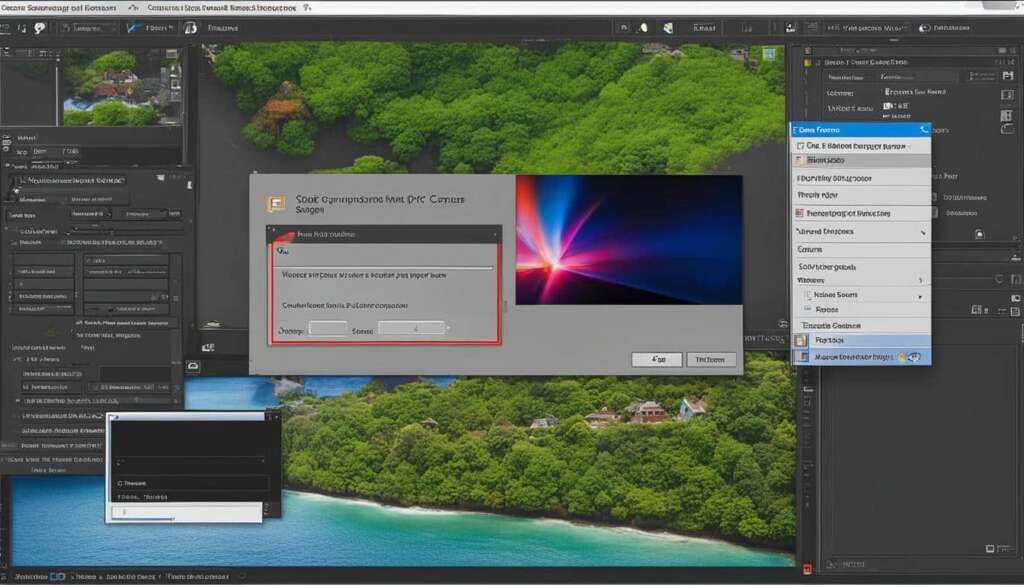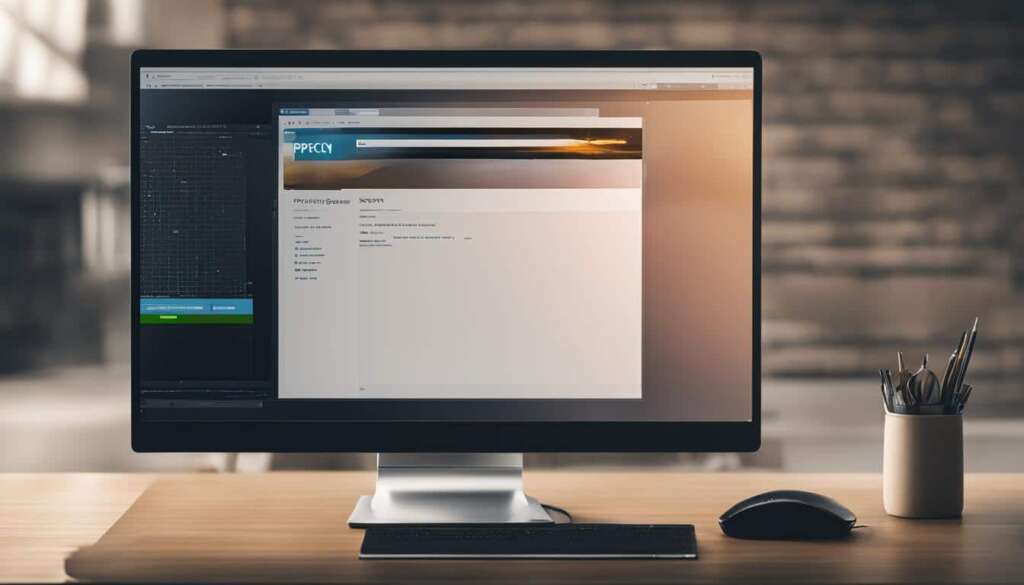Table of Contents
Taking a screenshot on your PC is a simple process that allows you to capture and save what’s on your screen. Whether you’re using Windows 10 or Windows 11, there are various built-in tools and shortcuts you can utilize to take screenshots effortlessly. In this guide, we’ll explore different methods for capturing screenshots on your PC.
Key Takeaways
- Learn different methods for capturing screenshots on your PC.
- Snip & Sketch is a built-in tool for taking and annotating screenshots.
- The Snipping Tool offers options like rectangular snip and freeform snip for capturing specific areas.
- The Print Screen button enables you to capture the entire screen.
- Keyboard shortcuts like Alt + Print Screen and Windows key + Print Screen provide quick ways to capture specific sections.
Using Snip & Sketch
The Snip & Sketch tool is a handy feature available in Windows 10 and Windows 11 for capturing and annotating screenshots. With Snip & Sketch, you can easily capture a screen snip and save it for further use or sharing. To access Snip & Sketch, you can use the keyboard shortcut Windows key + Shift + S or simply search for it in the Start menu.
Once you trigger the screen snip, the captured screenshot will be saved to your clipboard. You can then open the Snip & Sketch app, which allows you to annotate the screenshot with text, highlights, and shapes. This feature is particularly useful when you need to add additional context or emphasize specific elements in your screenshots before sharing or saving them.
Snip & Sketch provides a user-friendly interface, making it easy to crop, resize, or rotate your screenshots. Additionally, you can save your annotated screenshots directly to your computer for future reference. This tool is a convenient option for capturing and editing screenshots, offering a seamless experience for those who frequently need to capture and share screen snips.
Key Features of Snip & Sketch:
- Ability to capture screen snips with a simple shortcut
- Annotate screenshots with text, highlights, and shapes
- Crop, resize, and rotate screenshots
- Save annotated screenshots to your computer
Using the Snipping Tool
The Snipping Tool is a built-in screenshot capture tool available in both Windows 10 and Windows 11. It provides several options for capturing screenshots, including rectangular snip and freeform snip. To access the Snipping Tool, simply search for it in the Start menu.
Once you open the Snipping Tool, you can choose the desired snipping mode by clicking on the “Mode” button. The rectangular snip mode allows you to capture a specific rectangular area on your screen, while the freeform snip mode enables you to capture a more customized shape. After selecting the desired mode, simply click and drag your cursor over the area you want to capture.
Unlike some other screenshot tools, the Snipping Tool does not automatically save your screenshots. Once you have captured a screenshot, you can use the editing tools within the Snipping Tool to highlight, annotate, or crop the screenshot as needed. To save the screenshot, click on the “File” menu and select “Save As.” Choose a location on your computer to save the image and give it a descriptive name.
| Snipping Tool Modes | Description |
|---|---|
| Rectangular Snip | Captures a rectangular area of the screen |
| Freeform Snip | Captures a custom-shaped area of the screen |
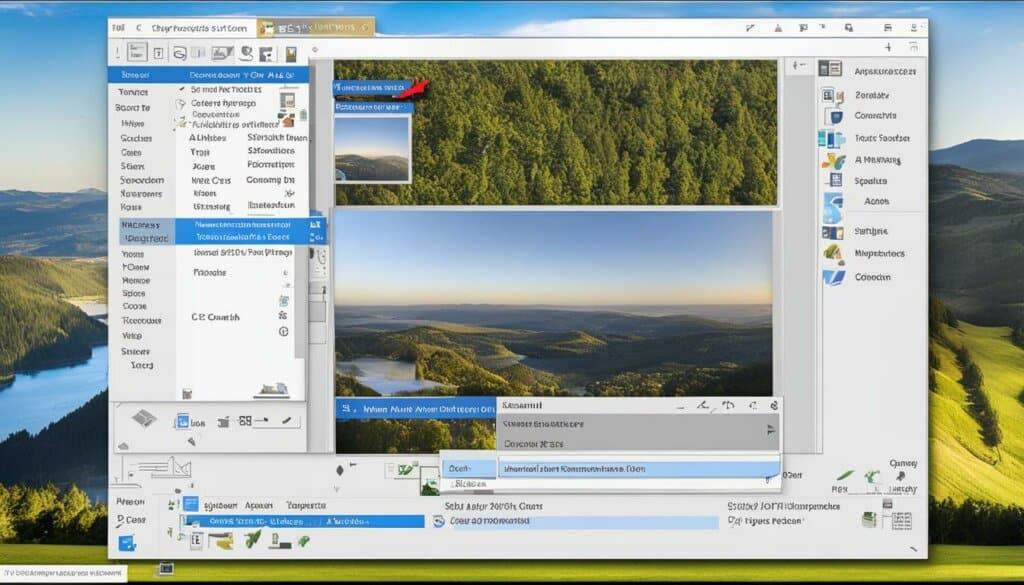
“The Snipping Tool is a great tool for capturing specific areas of your screen. Its various snipping modes make it easy to capture exactly what you need, whether it’s a rectangular portion or a freeform shape. The ability to annotate and edit the screenshots within the tool is a handy feature.”
Using Print Screen
Taking a screenshot on your PC is an essential skill, and one of the simplest methods is by using the Print Screen button on your keyboard. This button allows you to capture an image of your entire screen with just a single press.
To use the Print Screen function, locate the Print Screen (PrtScn) key on your keyboard. Pressing this key will copy the screenshot to your clipboard, allowing you to paste it into an image editing program or document. From there, you can save the screenshot as a file or make any necessary edits.
To make the process even more convenient, you can customize the Print Screen button to open the Snip & Sketch tool. This allows you to have easy access to additional screenshot options, such as capturing a specific area of the screen or adding annotations.
The Print Screen feature is particularly useful when you need to capture the entire screen quickly. Whether you want to save important information, document an error message, or share something interesting with others, the Print Screen button is a reliable and efficient tool for taking screenshots on your PC.
Using Keyboard Shortcuts
In addition to the built-in tools, there are keyboard shortcuts you can use to capture screenshots on your PC. These shortcuts provide quick and efficient ways to capture specific sections of your screen without having to rely on external tools.
To capture the active window and copy it to the clipboard, press Alt + Print Screen. This is particularly useful when you only need to capture a specific application or window rather than the entire screen.
If you want to capture the entire screen and automatically save the screenshot, you can use the Windows key + Print Screen shortcut. This will save the screenshot to the “Pictures > Screenshots” folder in your computer’s file directory.
Capturing the Active Window
Pressing Alt + Print Screen simultaneously will capture the active window and store it in the clipboard. This means you can easily paste the screenshot into an image editing program or document without the need to save it as a file first.
Capturing the Entire Screen
The Windows key + Print Screen shortcut is a convenient way to capture the entire screen and automatically save it as an image file. The screenshot will be saved in the “Pictures > Screenshots” folder, making it easily accessible for viewing or sharing.
Using keyboard shortcuts for taking screenshots is a time-saving method that eliminates the need to navigate through menus or open external applications. Whether you need to capture the active window or the entire screen, these shortcuts provide a convenient and efficient way to capture screenshots on your PC.
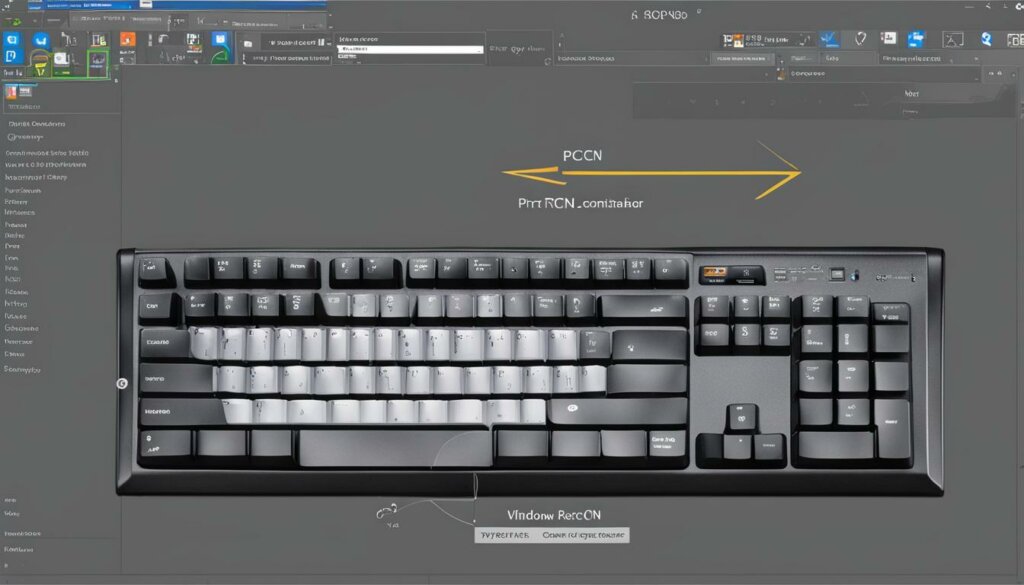
| Shortcut | Description |
|---|---|
| Alt + Print Screen | Captures the active window and stores it in the clipboard |
| Windows key + Print Screen | Captures the entire screen and automatically saves it as an image file |
Using Game Bar and Windows Logo + Volume Down
If you’re a gamer or using a Microsoft Surface device, there are specific methods you can employ to capture screenshots on your PC. The Game Bar, a built-in feature in Windows 10 and Windows 11, allows you to capture screenshots while playing a game. Simply press the Windows key + G to open the Game Bar and select the screenshot option. This is especially useful for capturing memorable gaming moments or showcasing gameplay on social media.
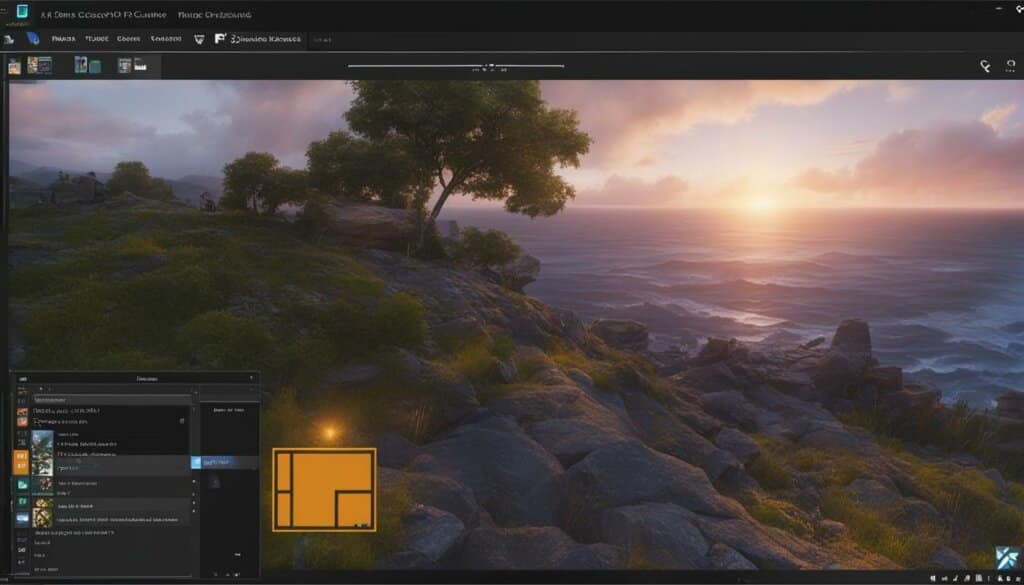
On a Microsoft Surface device, you have another convenient option for capturing screenshots. By holding down the Windows Logo touch button and pressing the physical volume down button simultaneously, you can quickly capture a screenshot of the entire screen. This method is ideal for Surface users who want to capture their screen for various purposes, such as documentation or sharing content with others.
Whether you’re a gamer or a Microsoft Surface user, the Game Bar and the Windows Logo + Volume Down shortcut provide easy and efficient ways to capture screenshots on your PC. These methods enhance the overall user experience by offering quick access and streamlined functionality for capturing and sharing what’s on your screen.
Conclusion
Taking screenshots on your PC is a useful skill that can come in handy for various purposes. Whether you’re using Windows 10 or the newer Windows 11, there are multiple methods and shortcuts available for capturing screenshots effortlessly. By utilizing tools like Snip & Sketch, the Snipping Tool, keyboard shortcuts, and the Game Bar, you can easily capture and save what’s on your screen for sharing, reference, or documentation purposes.
Windows 11 and Windows 10 both offer built-in features and functionalities that make taking screenshots a breeze. Whether you prefer the flexibility of Snip & Sketch or the options provided by the Snipping Tool, you have the freedom to choose the method that suits your needs. Additionally, keyboard shortcuts like Alt + Print Screen and Windows key + Print Screen offer quick and efficient ways to capture specific sections of your screen without any hassle.
For gamers or Microsoft Surface device users, the Game Bar and the Windows Logo + Volume Down shortcut provide convenient options for capturing screenshots while playing games or using the device. These features make it easy to capture memorable moments or document important information with just a few simple keystrokes.
So, whether you’re a professional needing to capture screenshots for work or a casual user wanting to save a funny meme, taking screenshots on your PC is a straightforward process. With the available tools and shortcuts, you can capture and save screenshots on Windows 11 and Windows 10 in no time, enhancing your productivity and allowing you to easily capture and share what’s on your screen.
FAQ
How do I take a screenshot on my PC?
There are several methods you can use to take a screenshot on your PC, including using built-in tools like Snip & Sketch and the Snipping Tool, keyboard shortcuts like Print Screen, and the Game Bar or Windows Logo + Volume Down shortcut for gamers or Microsoft Surface device users.
How do I use Snip & Sketch to capture a screenshot on my PC?
To use Snip & Sketch, you can press the keyboard shortcut Windows key + Shift + S or search for it in the Start menu. Once you take a screenshot, it will be saved to your clipboard and can be opened in the Snip & Sketch app for further annotation or sharing.
What is the Snipping Tool and how do I use it to capture screenshots?
The Snipping Tool is a built-in tool in Windows 10 and Windows 11. You can open it by searching for it in the Start menu. It offers options like rectangular snip, freeform snip, and window snip, allowing you to capture specific areas of your screen. Please note that the Snipping Tool does not automatically save your screenshots, so you will need to manually save them before exiting the tool.
How can I use the Print Screen button to capture a screenshot?
To capture a screenshot of your entire screen using the Print Screen button, simply press the Print Screen (PrtScn) key on your keyboard. The screenshot will be copied to the clipboard, and you can then paste it into an image editing program to save it as a file. Additionally, you can customize the Print Screen button to open the Snip & Sketch tool for easier access to screenshot options.
Are there any keyboard shortcuts for capturing screenshots on my PC?
Yes, there are additional keyboard shortcuts you can use. Pressing Alt + Print Screen will capture the active window and copy it to the clipboard. Windows key + Print Screen will capture the entire screen and automatically save the screenshot to the Pictures > Screenshots folder. These shortcuts provide quick and efficient ways to capture specific sections of your screen.
How can I capture screenshots while playing a game or using a Microsoft Surface device?
If you’re a gamer, you can use the Game Bar by pressing Windows key + G and selecting the screenshot option. For Microsoft Surface device users, you can hold down the Windows Logo touch button and press the physical volume down button to take a screenshot of the entire screen.
What are the benefits of taking screenshots on my PC?
Taking screenshots on your PC can be useful for various purposes, including sharing information, referencing important details, and documenting specific moments or issues for future use or troubleshooting.

